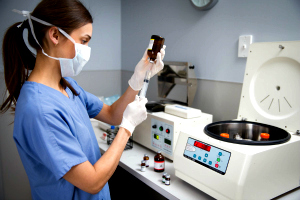

The clinical trial that Kris Boesen participated in was just one of several potential new forms of stem cell therapy, which is the name given to the process of injecting stem cells into a damaged or diseased part of the body and then “programming” those cells to regenerate healthy new cells. Additionally, researchers have discovered the presence of stem cells in amniotic fluid and cord blood, providing potential new resources for stem cells. Researchers are currently studying ways that adult stem cells can be altered to behave as embryonic cells. New studies suggest that these stem cells may also be used to repair or regenerate healthy cells in the body, though their capabilities are limited when compared to embryonic stem cells.

It’s important to know, regenerative stem cell therapy is not just warranted as a treatment plan for catastrophic injury cases – stem cells are now being used to treat many people involved in motor vehicle accident with traditional spinal and orthopedic injuries. The results were just one example of how research is turning to stem cell therapy in hopes of making permanent paralysis a notion of the past. However, last fall, Kris was able to write his own name with a pen on a piece of paper, just three months after participating in a clinical trial that featured injections of stem cells designed to reduce the size of spinal cord injury cavities and replace the coating of the nerve cells, stimulate nerve cell growth, and produce blood cells that flooded the injury site with oxygen needed for healing.

He suffered difficulty breathing on his own and was told that he would likely never regain control of his limbs. Kris woke up in the hospital, paralyzed from the neck down. In March, 2016, a young man named Kristopher Boesen, known as Kris, lost control of his car on a slippery surface and slammed into a tree and a light post. How Can Stem Cell Injections Help Recovery?


 0 kommentar(er)
0 kommentar(er)
